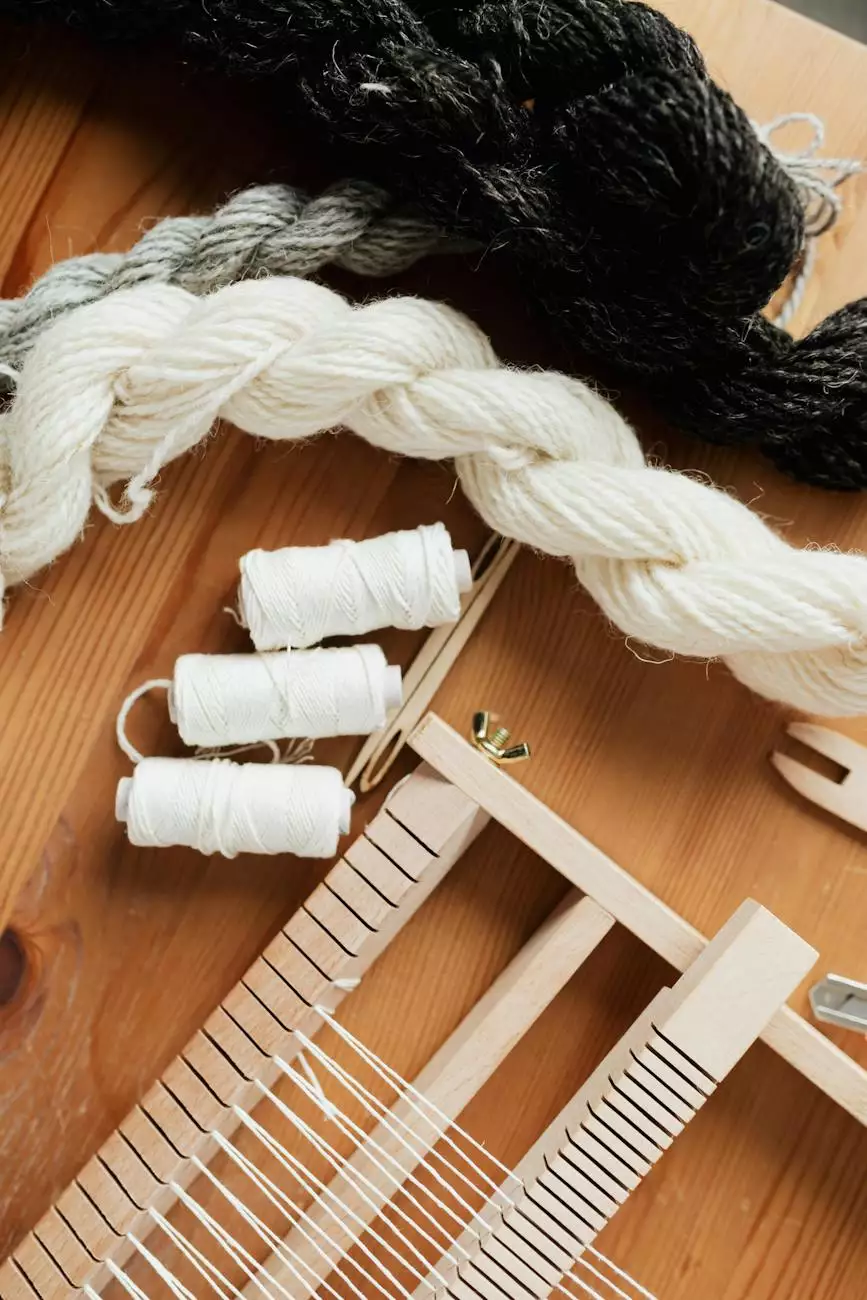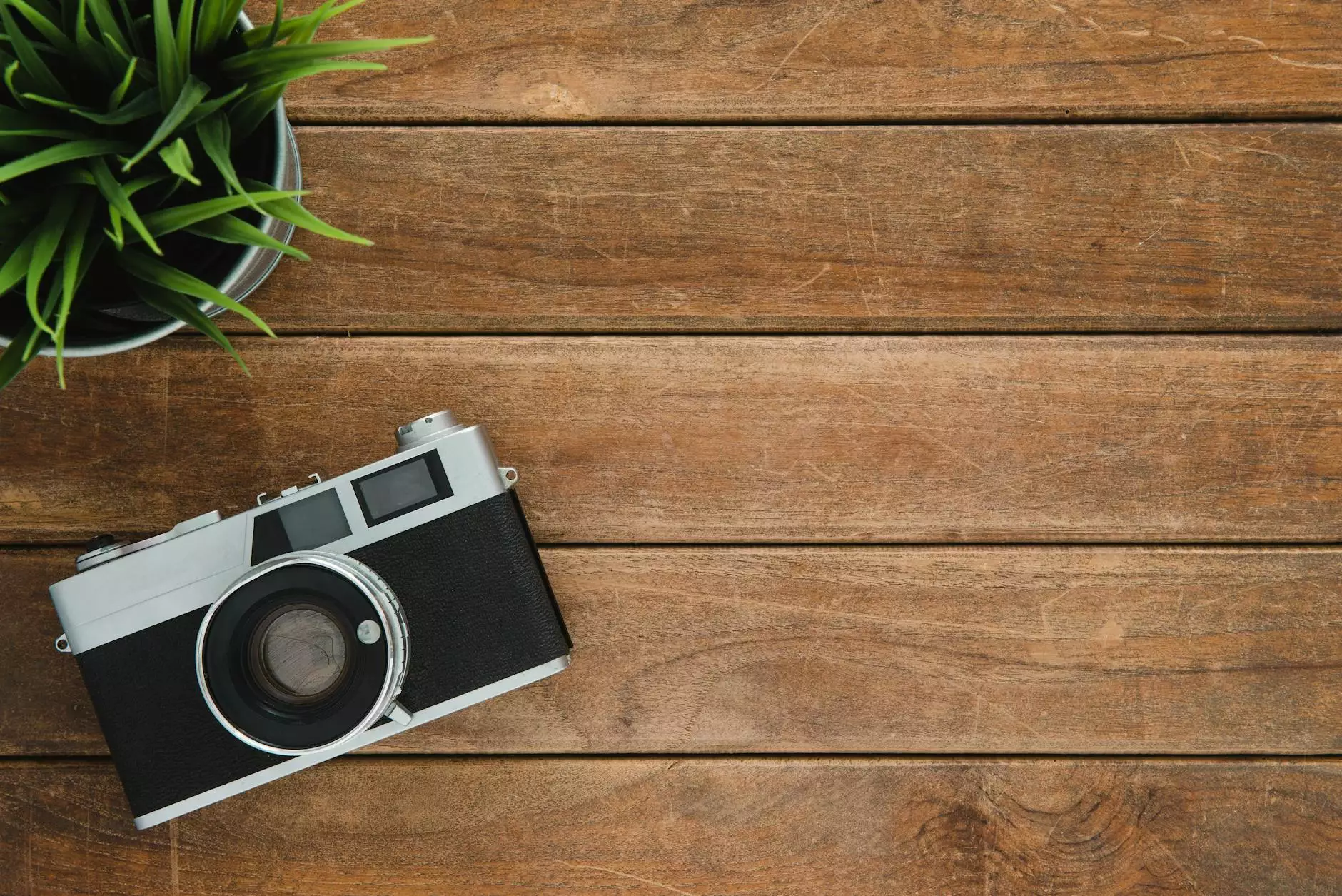Postpartum Mums - Advice on Rectocele and Cystocele
Eligibility & Payment Policies
Welcome to Gentle Rolfing, your trusted source of comprehensive information and effective solutions for postpartum pelvic floor problems. In this article, we will delve into the common issues of rectocele and cystocele faced by many postpartum mums, providing you with valuable advice and guidance on managing and resolving these concerns.
Understanding Rectocele and Cystocele
Postpartum mums often experience pelvic floor weaknesses that can lead to rectocele and cystocele. These conditions occur when the tissues supporting the rectum and bladder become weakened or damaged, causing the rectum and bladder to bulge into the vagina. It may result in discomfort, pain during intercourse, or difficulty with bowel movements.
Rectocele specifically refers to the prolapse of the rectum, while cystocele refers to the prolapse of the bladder. Both conditions commonly occur together and can significantly affect a woman's quality of life after childbirth.
Causes and Risk Factors
Several factors contribute to the development of rectocele and cystocele in postpartum mums:
- Pregnancy and Vaginal Delivery: The process of pregnancy and childbirth puts immense strain on the pelvic floor muscles and tissues, potentially leading to weakness and prolapse.
- Age: As women age, their pelvic floor muscles naturally weaken, increasing the risk of developing rectocele or cystocele.
- Genetics: Some women may have a genetic predisposition to pelvic floor weaknesses, making them more susceptible to these conditions.
- Repeated Heavy Lifting: Engaging in activities that involve repetitive heavy lifting can strain the pelvic floor muscles, potentially contributing to the development of rectocele or cystocele.
- Hormonal Changes: Hormonal fluctuations during and after pregnancy can affect the strength and elasticity of pelvic floor tissues.
Symptoms and Diagnosis
Identifying the symptoms and seeking proper diagnosis is crucial for effectively managing rectocele and cystocele:
Common symptoms of rectocele and cystocele include:
- Feeling of bulging in the vagina
- Discomfort or pain in the pelvic region
- Difficulty emptying the bladder or bowels
- Increased frequency of urinary tract infections
- Pain during sexual intercourse
- Visible bulge when straining or coughing
If you experience any of these symptoms, it is essential to consult with a healthcare professional who specializes in women's health. They will perform a physical examination, which may include a pelvic exam, to determine the severity of the condition.
Treatment Options
At Gentle Rolfing, we understand the challenges faced by postpartum mums dealing with rectocele and cystocele. Here are some effective treatment options:
1. Pelvic Floor Exercises
Also known as Kegel exercises, these exercises help strengthen the pelvic floor muscles and improve their overall functionality. Regular and targeted pelvic floor exercises can provide relief and prevent further worsening of rectocele and cystocele.
2. Rolfing Structural Integration
Rolfing Structural Integration is a holistic approach that focuses on optimizing the body's alignment and allowing it to function optimally. By addressing underlying structural imbalances, Rolfing can alleviate pelvic floor issues, including rectocele and cystocele.
3. Lifestyle Modifications
Simple modifications to your daily routine can make a significant difference in managing pelvic floor problems. These may include maintaining a healthy weight, avoiding heavy lifting, and practicing good posture.
4. Pessary Device
In some cases, your healthcare professional may recommend using a pessary device to provide support to the pelvic organs and mitigate the symptoms of rectocele and cystocele.
5. Surgical Interventions
In severe cases where nonsurgical treatments do not provide sufficient relief, surgical interventions may be considered. Your healthcare provider will discuss the available options and help you make an informed decision.
Preventing Rectocele and Cystocele
While rectocele and cystocele cannot always be prevented, there are steps postpartum mums can take to minimize the risk:
- Maintain a healthy weight and engage in regular exercise to support overall pelvic floor health.
- Practice proper lifting techniques, avoiding heavy lifting whenever possible.
- Follow a balanced diet that promotes good digestive health.
- Stay hydrated to avoid constipation, which can strain the pelvic floor muscles.
- Consider pelvic floor exercises during pregnancy and after childbirth to strengthen the muscles.
By implementing these preventive measures, you can reduce the likelihood of developing rectocele and cystocele.
A Supportive Community for Postpartum Mums
At Gentle Rolfing, we understand the physical and emotional challenges faced by postpartum mums. Our mission is to provide a supportive community and effective solutions for postpartum pelvic floor problems. We are here to guide you on your journey towards healing and recovery.
For more information and personalized guidance on managing rectocele, cystocele, or any other postpartum concerns, feel free to contact us or schedule a consultation. We are committed to helping you regain your confidence and overall well-being.










